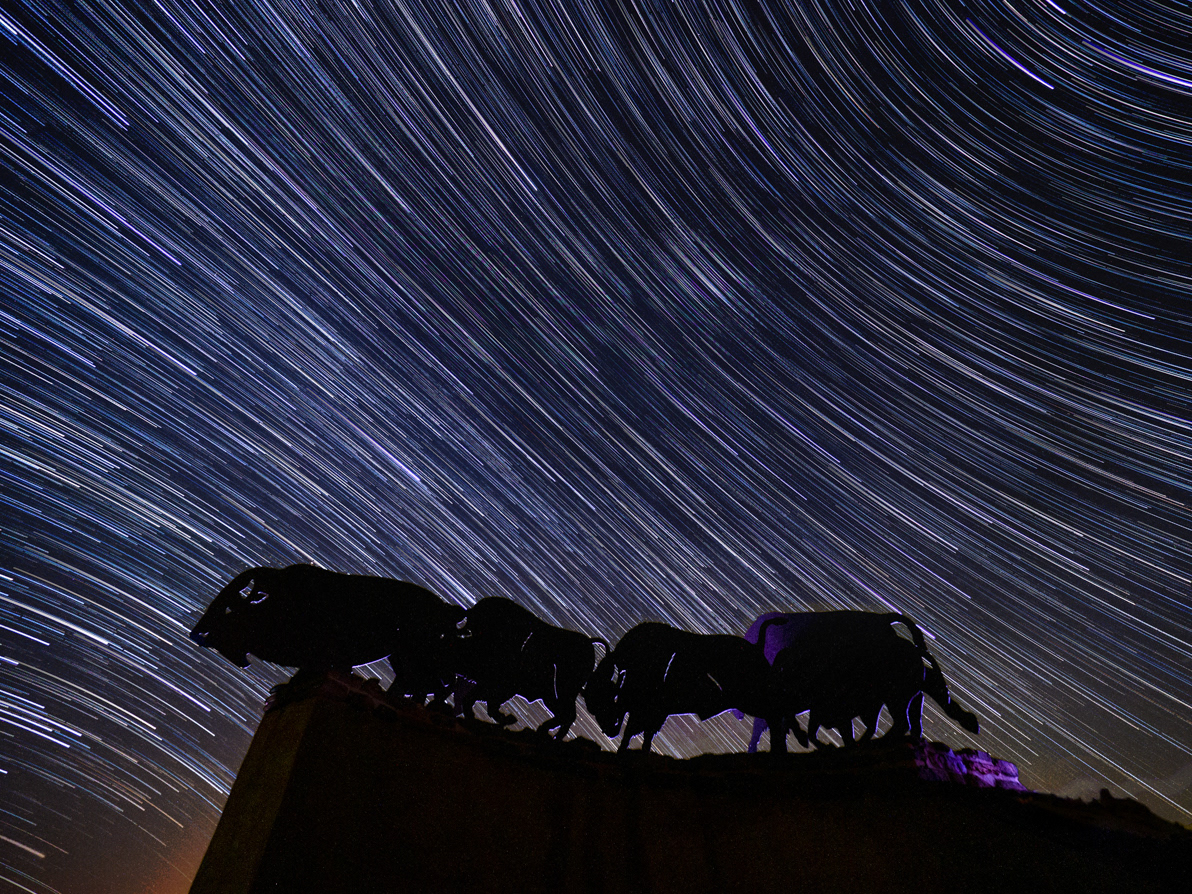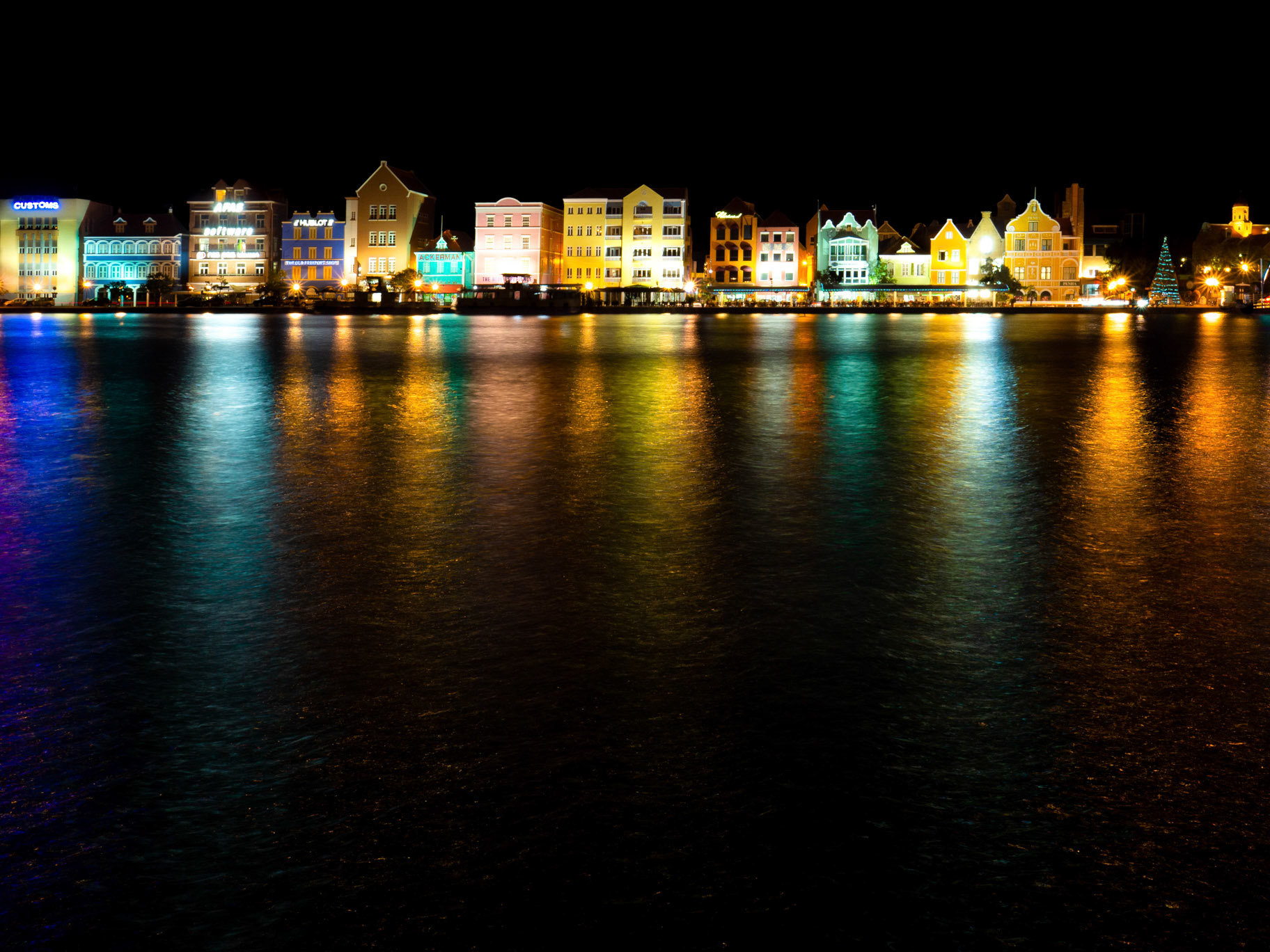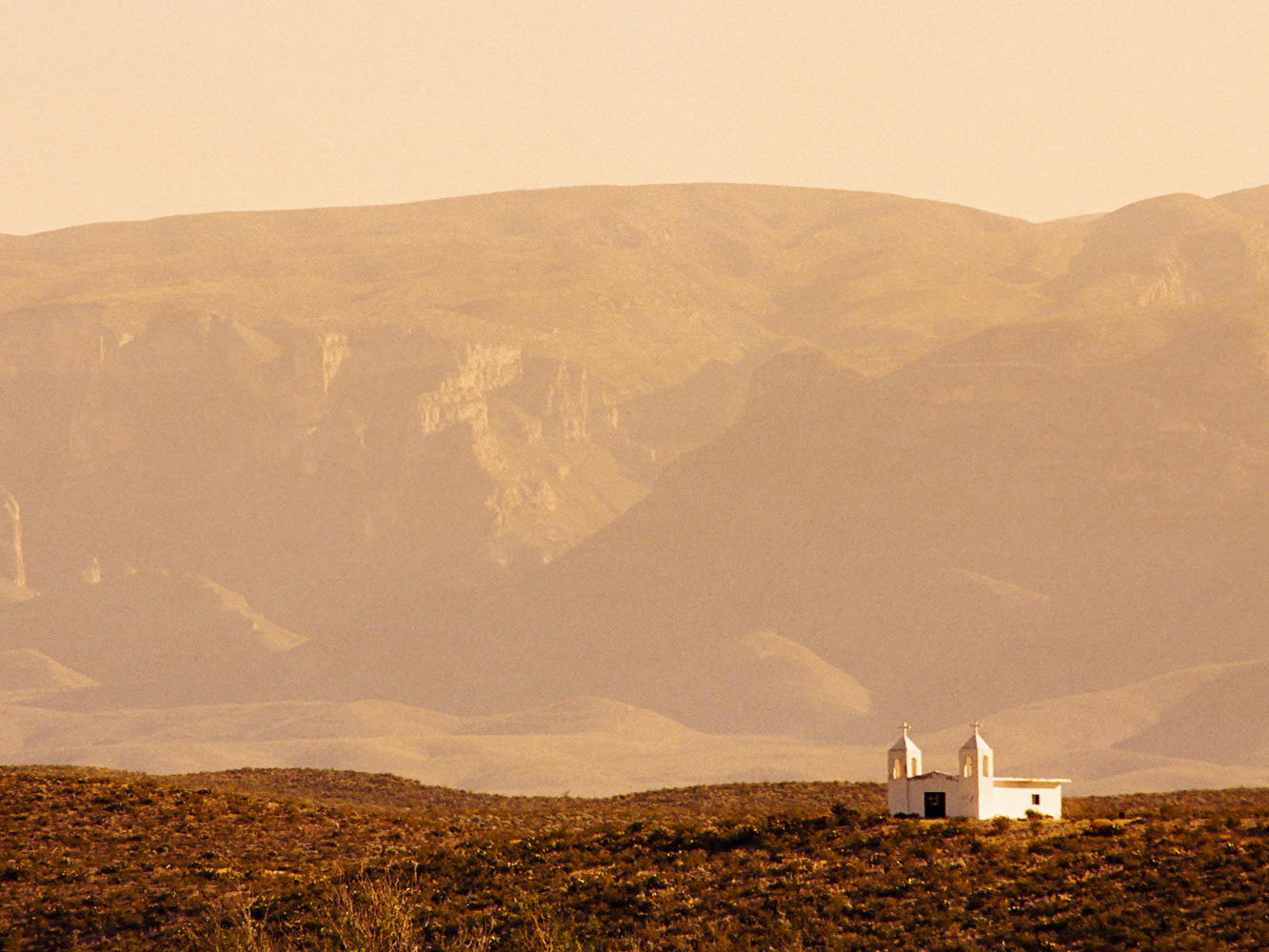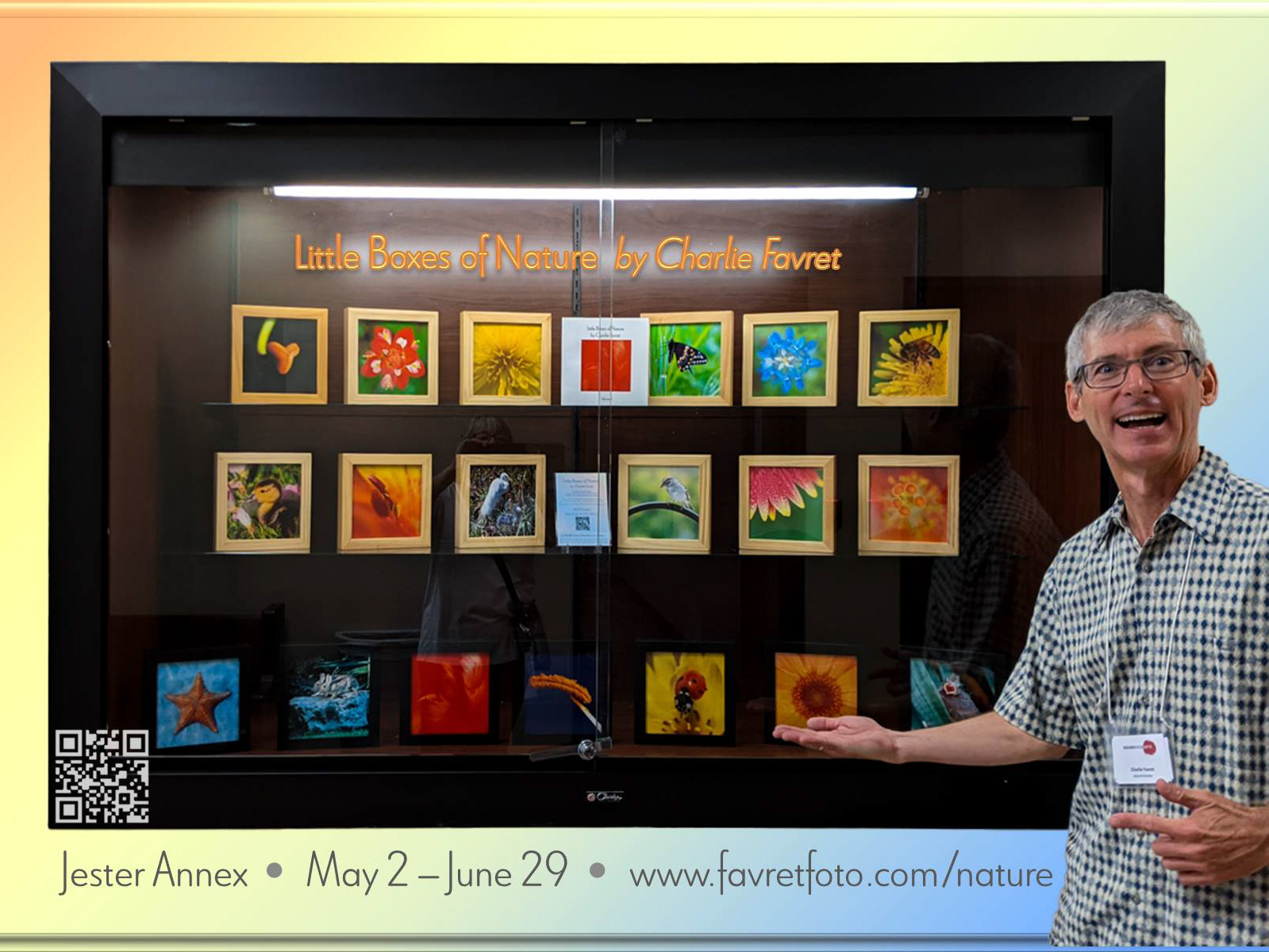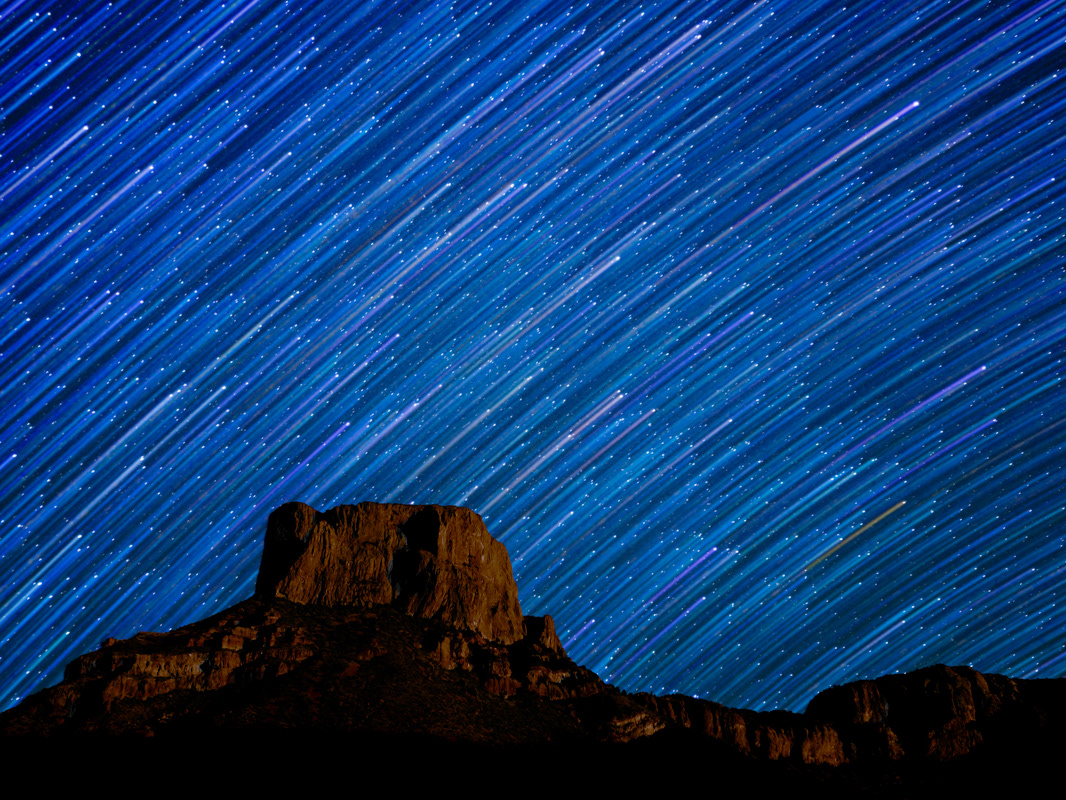Enjoying a quiet moment on Enchanted Rock watching the International Space Station gracefully soar overhead. The shadow on the boulder is me and my camera in my element… at night, alone, contemplating humanity and the universe. All seems right at times like these.
Behind the Scenes:
Carefully orienting the camera to capture the boulders and the space station crossing the horizon was planned. Adding myself to the image was unplanned and totally unexpected.
A friend who was several hundred yards away happened to wave a light which ended up being in the exact right position to illuminate the boulder with my shadow included.
When I saw the momentary flash of light, I thought the 6 minute elapsed image had been ruined. It turns out it was made even more magical… I’ll take the happy accidents of the universe!
Experiment!
Click the buttons below to see what satellites are overhead tonight or download the Heavens-Above app to your phone. Or read on for tips and to learn more.
The links are set for Central Texas. If you live elsewhere, you can manually change the location.
How Can I Spot a Satellite?
The good news is that you can easily spot the brighter satellites even in your own backyard if you know when and where to look. Here are some tips to improve your chances!
1. Know the area around your house.
Walk around during the day with a compass, which direction does your front yard faces, which direction does your backyard faces & where do trees block your view of the sky overhead.
Walk around during the day with a compass, which direction does your front yard faces, which direction does your backyard faces & where do trees block your view of the sky overhead.
Walk around again at night, where are you shaded from streetlights and bright lights from your house or other houses?
2. Do some research.
Now that you have an idea of your lines of sight, look up the satellites that will be overhead with the buttons above. Also check the weather, a cloud-free night is best!
Keep the following in mind when you read the tables:
Now that you have an idea of your lines of sight, look up the satellites that will be overhead with the buttons above. Also check the weather, a cloud-free night is best!
Keep the following in mind when you read the tables:
Brightness:
Magnitude brightness runs backwards... the higher the number, the dimmer it is. A negative number is always good and bright! I usually can’t see the ones that are dimmer than +3.0 magnitude in the city lights, so I focus on the ones that are less than or equal to +3.0.
Magnitude brightness runs backwards... the higher the number, the dimmer it is. A negative number is always good and bright! I usually can’t see the ones that are dimmer than +3.0 magnitude in the city lights, so I focus on the ones that are less than or equal to +3.0.
Time:
Look for times at least 30 minutes after sunset or at least 30 minutes before sunrise so that the sky will be dark enough to see the reflected sunlight against the sky. The satellites are surprisingly good about being on schedule.
Look for times at least 30 minutes after sunset or at least 30 minutes before sunrise so that the sky will be dark enough to see the reflected sunlight against the sky. The satellites are surprisingly good about being on schedule.
Azimuth (Direction):
Read the compass headings to determine which direction it appears & which direction it disappears.
How does that line up with your yard?
Read the compass headings to determine which direction it appears & which direction it disappears.
How does that line up with your yard?
Highest Point Altitude:
The higher the number the better since it will be more overhead and brighter. You will be looking through less of the atmosphere and light pollution as you look more overhead.
Zero is at the horizon and 90 is directly overhead. I usually don’t worry about the ones lower than 15 degrees, haze and light pollution begin to take over the sky.
The higher the number the better since it will be more overhead and brighter. You will be looking through less of the atmosphere and light pollution as you look more overhead.
Zero is at the horizon and 90 is directly overhead. I usually don’t worry about the ones lower than 15 degrees, haze and light pollution begin to take over the sky.
Graphic courtesy of NASA
3. Get outside!
Go outside 10-15 minutes early to let your eyes adjust. Shield your eyes from streetlights and change apps to red light night settings to preserve your night vision.
Be patient and have fun spotting the satellites above us. Think about what you saw... what was the brightest satellite that you saw, what was the dimmest. What satellites did you add to your list?
Why Can We See Satellites?
A satellite will appear as a solid white light much like a star, but moving in a gentle arc across the sky. While a satellite seems to travel at about the speed of a plane, if the light blinks, displays red or green light, or makes a turn, then it really is a plane much lower to the Earth’s surface.
Why do you see a satellite? The answer is our Sun! Even though we are in the Earth’s shadow, the satellite is high enough that it is in the sunshine and we are seeing the reflection of the Sun off of the satellite or its solar panels. This daily phenomenon occurs in the hours just before sunrise and just after sunset.
How Many Satellites are Up There?
The first manmade satellite was Sputnik, which launched in 1957, and the ever growing number of satellites provide communications, television, radio, GPS location, Earth observations, weather tracking, scientific measurements and even look out into space at other galaxies, reaching back in time.
There are now over 6,500 satellites and a variety of space junk orbiting the Earth one hundred or more miles above our heads. Talk about space traffic! The ones in Low Earth Orbit are travelling at 17,000 miles an hour to offset the drag of Earth’s gravity. That’s faster than a speeding bullet!
Some of my Favorite Satellites to Spot
International Space Station
The International Space Station (ISS) is as big as a football field, and has a massive solar panel array. It is in Low Earth Orbit about 150 miles overhead and is moving at 17,000 miles per hour to offset the effects of Earth's gravity. That’s faster than a speeding bullet and it circles the Earth once every 90 minutes.
The ISS is the brightest satellite in the sky and can be seen from your own backyard if you time it right. After sunset and before sunrise you can see the sun reflect off of the solar panels while it is in the sunlight and we are in the night’s shadow. It looks like a star, with its steady light moving in an arc across the sky.
Hubble Space Telescope
The Hubble is almost 400 miles out in space and is pointed away from the Earth to view distant galaxies. It was launched in 1990 on a Space Shuttle and has been observing space with an ever increasing set of instruments ever since.
It is much fainter in the sky, but on a moonless night and away from bright lights, you can catch a glimpse when it is flies overhead.
SpaceX Starlink Satellites
Love 'em or hate 'em, there sure are a bunch of 'em up there.
SpaceX is launching a huge fleet of Starlink satellites to provided broadband internet service. While each one is quite small, there are 1,600+ in space right now and there are plans for at least 12,000.
SpaceX is launching a huge fleet of Starlink satellites to provided broadband internet service. While each one is quite small, there are 1,600+ in space right now and there are plans for at least 12,000.
On a dark night these can be seen criss-crossing the sky in an overlapping pattern. SpaceX launches as many as 60 Starlink satellites on a single rocket. If you catch a batch that has recently been launched, they will appear as a string of beads until they slowly work their way into their assigned orbits.
X-37B Space Plane
The X-37B is a US Space Force space plane that is launched on top of a rocket, orbits the Earth in space for extended periods of time, then lands like a plane. It is about 1/4 the size of the Space Shuttle and is re-suable, but unlike the Space Shuttle, it does not carry a crew. The cargo bay is about the size of a pickup truck bed and can carry satellites or other research tests.
The X-37B first launched in 2010 and when it is on a mission, you will see it as a small dot in the sky. The longest mission was 779 days and the most recent launch was May 2020.
Tiangong Chinese Space Station
China is building a new space station in the sky, its name is Tiangong, although it may also be listed as Tianhe, which is the first module that was launch in April 2021. It is fairly dim at the moment, but still visible from Earth. China will continue to add modules to it this year and it should get brighter. It will be about one fifth the mass of the International Space Station.
About Charlie
Through my photography I seek to connect more deeply with nature.
Several years ago, while watching a nature program on TV, I became fascinated with the time lapse videos of flower blooms opening up and clouds floating by. But what really captured my attention was the heavens rotating right before my very eyes. I was amazed and decided right then that I needed to figure how to do that on my own. So began my adventure of chasing the night skies... learning more than I expected about the stars, ways to imagine their majesty and about my place in the universe!
Please join me in exploring the wonders of the night sky.
While the night sky may seem the same for days on end, every night is a little bit different from the previous night and is an adventure waiting to be experienced. There is so much that you can see from your own backyard: stars slowly changing day by day, planets moving past them, man-made satellites soaring overhead and meteors zooming past in the blink of an eye. After you get comfortable with that, we are well placed in Central Texas for you to get into much darker skies with a drive of an hour or two.
Let’s Talk!
My email is favretfoto@gmail.com if you have any questions about how to get started or if you have any comments.
Wishing you clear skies,
Charlie
